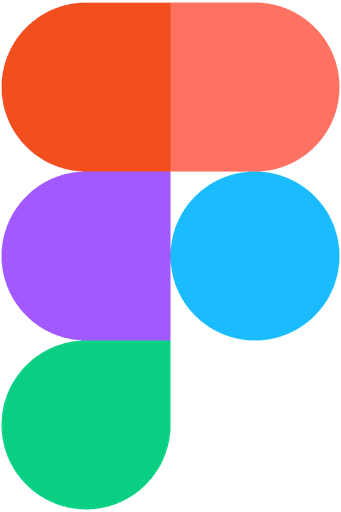
Tour Radio: Shaping the UX of a Next-Gen Listening Experience
Overview:
Tour Radio is an aftermarket SiriusXM radio that served as the company’s first standalone introduction to 360L technology, a hybrid platform combining satellite and streaming content. Unlike embedded systems found in new vehicles, Tour was designed for portable, Bluetooth-connected use across car stereos, home setups, or even portable speakers.
This product gave users an entirely new way to explore SiriusXM through voice-powered discovery, Pandora artist station integration, real-time sports and artist alerts, and playback controls like pause and rewind. As the first hardware experience to showcase SiriusXM 360L, Tour Radio played a critical role in demonstrating the platform’s flexibility and potential beyond the showroom floor.
UX Aftermarket Team
Oct 2018 - Dec 2019
Sketch, InVision
CE, Engineering, Product Content Team, Research
Challenge
Designing a cohesive experience that merged satellite radio, streaming content, and Pandora artist stations in one device, while meeting the needs of both in-car and in-home users, was a new challenge for SiriusXM.
Tour was the first product to fully integrate voice tuning, Bluetooth pairing, touchscreen interface, and real-time content alerts in a hardware product outside of the in-car head unit ecosystem.
My Approach
As the UX Designer on Tour Radio, I focused on the full user journey, from setup to daily use. I collaborated closely with product managers, technical writers, and engineers to ensure the experience was intuitive, accessible, and engaging across use cases.
Goals
Simplify setup for non-technical users
Design intuitive flows for streaming, satellite, and Pandora content
Leverage voice-first interaction to reduce tap-based navigation
Anticipate both home and car environments in every UX decision
Discovery + Research
We explored typical scenarios for SiriusXM superfans who were eager to access their favorite channels, sports teams, or artists in a portable way. Setup and connectivity pain points surfaced early. Based on research insights, I focused on:
Streamlining onboarding (pairing with Bluetooth, connecting to Wi-Fi, account linking)
Providing contextual voice prompts to help users explore features naturally
Improving content hierarchy so users could quickly switch between live satellite, on-demand, and artist stations
UX Strategy
Designed multiple interaction models to accommodate limited screen space
Mapped content discovery around mental models (e.g., Live Radio vs. Favorites vs. Alerts)
Developed setup flows using progressive disclosure to reduce friction
Advocated for large tap targets, visual feedback, and clear navigational cues for touch UI
Example Use Cases
Receiving a real-time alert when a favorite team is about to start playing
Using voice search to find a specific artist or station hands-free
Creating a Pandora station based on an artist mentioned on air
Results
The redesigned e-commerce site saw a 40% increase in conversion rates and a 50% reduction in bounce rates. The new intuitive navigation and clean interface improved product discoverability, leading to a 35% increase in average order value. Customer feedback was overwhelmingly positive, with satisfaction ratings rising from 3.8 to 4.7 stars.
-30%
Reduction in Setup-Related Support Tickets
+25%
Increase in Positive Sentiment in User Reviews
+40%
Increase in Voice Interaction Usage
Process
We explored typical scenarios for SiriusXM superfans who were eager to access their favorite channels, sports teams, or artists in a portable way. Setup and connectivity pain points surfaced early. Based on research insights, I focused on:
Streamlining onboarding (pairing with Bluetooth, connecting to Wi-Fi, account linking)
Providing contextual voice prompts to help users explore features naturally
Improving content hierarchy so users could quickly switch between live satellite, on-demand, and artist stations in the app. We also created a style guide to maintain design consistency in future updates.
Conclusion
This was my first project with SiriusXM, and it pushed me to think beyond the traditional in-car UX context. The most challenging part was designing for a standalone hardware product with new behaviors and expectations. I learned to advocate for clarity and accessibility at every stage, especially for users who might not be familiar with Bluetooth or streaming services.
What I Would Do Differently If revisiting the project, I would push for user testing earlier in the prototyping phase, especially around setup and pairing flows. Even though we had tight deadlines, these were critical to first impressions, and we could have uncovered more friction points sooner with live feedback.
What Went Well Cross-functional collaboration was a major success. Engineering and product were highly aligned, and our iterative reviews helped ensure the voice-first experience was usable and delightfully simple for first-time users.






